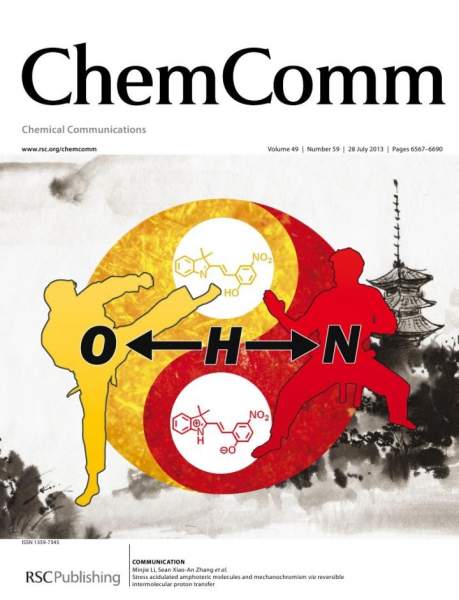Volatile organic compounds (VOCs), as the precursors of ozone and photochemical smog, not only cause many environmental problems, but also harm human health. In recent years, oxygen-containing VOCs (OVOC) have attracted much attention because of their high reactivity to ozone formation. Catalytic oxidation is one of the most promising treatment technologies, and its core lies in the development of catalysts with high activity and stability at low temperatures. Non-noble metal oxide catalysts are cheap and have catalytic activity comparable to that of precious metals. However, their preparation usually requires a calcination process, which tends to cause particle aggregation, resulting in decreased activity. In addition, the activation of oxygen molecules is also a key step in the catalytic oxidation of VOCs. Studies have found that oxygen vacancy is the main active site for the activation of molecular oxygen. Therefore, it is of great significance to develop oxides catalysts with small size and rich oxygen vacancies.
Recently, Tianjin university Prof. Qingling Liu team (http://catalysis.tju.edu.cn/) draw inspiration from the nature, observed lotus can disperse well lotus seed. Therefore, a strategy of "in-situ carbon confinement-oxidation" was designed, that is, a two-step pyrolysis of metal organic framework materials (MOFs) was carried out, and the carbon species derived in the inert atmosphere were used to localize the growth of metal oxides to prepare ultrafine MnOx nanoparticles (5.6 nm) with fully exposed oxygen vacancy. Acetone can be removed at low temperature (T90 = 167 ℃).In addition, MnOx has demonstrated excellent stability in long-term, cyclic, water and sulfur resistance tests. This work not only prepared a promising material for VOCs removal, but also provided a research basis and a new strategy for the rational design of ultrafine nanoparticles with abundant oxygen vacancies.
 《Defective Ultrafine MnOx Nanoparticles Confined within a Carbon Matrix for Low-Temperature Oxidation of Volatile Organic Compounds》has been published in Environmental Science & Technology(IF:7.864)。The first author is Yanfei Zheng and the corresponding author is Prof. Qingling Liu.
《Defective Ultrafine MnOx Nanoparticles Confined within a Carbon Matrix for Low-Temperature Oxidation of Volatile Organic Compounds》has been published in Environmental Science & Technology(IF:7.864)。The first author is Yanfei Zheng and the corresponding author is Prof. Qingling Liu.
Prof. Qingling Liu's team has long been committed to the research in the field of air pollution control, and has made a series of research achievements in the treatment of volatile organic compounds and the treatment of mobile source tail gas. In the past five years, in Applied Catalysis B: Environmental, Environmental Science & Technology, Chemical Engineering Journal, Green Chemistry, ACS Applied Materials & Interfaces, Langmuir, Applied Catalysis A: General, Ultrasonic Sonochemistry, Applied Surface Science, Journal of Chemical Technology and Biotechnology, Chemosphere, ChemCatChem and other international journals published more than 40 papers.





